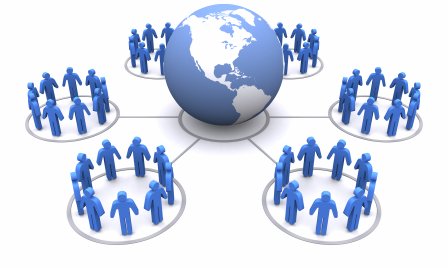September 6, 2011
Improving Engagement by Understanding People
I’ve been studying and/or working in government and technology (“gov20) since 2007. My original interest in the field was around improving the efficiency and effectiveness of governance. The idea was that if we had better data and information about our work, engaged with the people our policies were designed to impact, and used the best technologies to manage the process, that we could create better government. I still carry this fundamental believe, and over the last few years have had the privilege of working on a variety of different technology and engagement projects with nonprofits and government institutions as well as studying how the best practices in the field from an academic perspective.
Much of the work to date has focused on pushing the use of technology to further engagement, improve the delivery of services and information, and help organizations meet their goals and missions.
In my experience, it is important to think about several layers when designing gov/tech/engagement projects:


 Words can be powerful. They influence purchases – “I’ll buy this good over that good”. “This good is better for me”. “I want that”. In government, they affect public opinion – “I am/am not for government sponsored healthcare reform”, “ I am for less taxes” “We need more roads”.
Words can be powerful. They influence purchases – “I’ll buy this good over that good”. “This good is better for me”. “I want that”. In government, they affect public opinion – “I am/am not for government sponsored healthcare reform”, “ I am for less taxes” “We need more roads”.